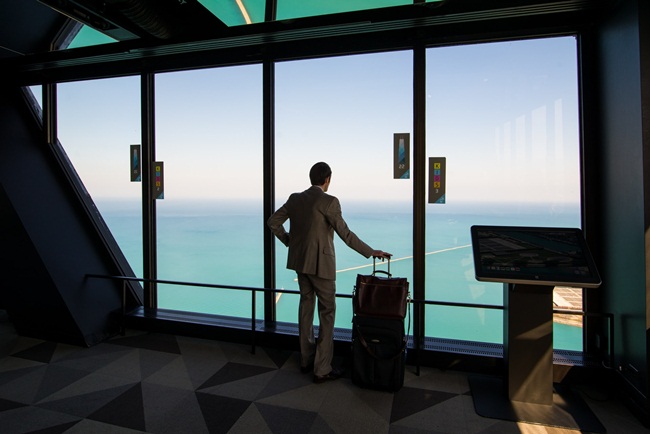When travelling for business, employees are often given an allowance, but very few staff will look to have money left over at the end of the trip. As the second highest expense on the balance sheet at the end of the month are travel expenses (after payroll), these transactions are taking a huge chunk out of your profits.
The cost of global business travel is estimated to be over $1 trillion a year and while employees may enjoy the freedom of booking business class through their office, or paying for food and drinks along the way with clients, it is not particularly helpful for businesses looking to stick to a budget or reduce costs.
When travelling for business, employees are often given an allowance, but very few staff will look to have money left over at the end of the trip. As the second highest expense on the balance sheet at the end of the month are travel expenses (after payroll), these transactions are taking a huge chunk out of your profits.
So how can companies work to reduce their travel costs for a more profitable business?
Reduce for rewards
Employees will naturally prioritize their comfort over saving the business a few bucks. But reducing budgets will quickly lead staff to feel underappreciated and dissatisfied. On the other hand, allowing staff to freely spend during these trips will only continue to ruin your bottom line.
The solution does not lie in punishing those that overspend on business trips: Rewarding staff for saving money on their trips not only helps to lower expenses, but also means it is in the employee’s best interest not to overspend. Plus, not having to annoy employees by reducing their allowances seems like a great way to keep the peace in the workplace.
But the reward needs to be a real incentive. Points based systems can work, but the end prize needs to be something that is actually of value to the employee. By doing this, you can work to align the employer’s interests with employee buy-in.
Points within a savings reward system could lead to travel upgrades on trips in the future. This makes staff feel like they are benefitting from saving the business money, while also incentivizing them to help the company.
Systems and tools
Using an expense management tool – either in accounting, or for employees to access themselves – will put the onus back on staff to be aware of their spending. The tool will likely also be able to provide managers and stakeholders spend analytics to find out which departments are spending the most so that action can be taken.
A travel management system could also help. Rather than expecting staff to find their own flights and hotels, a travel management team would be able to focus their time finding the right hotels or Airbnb's at the right price. Having a designated system or team means not only can you more easily stick to a budget, but it also leaves your staff to focus more on their work – ultimately increasing productivity too. Win-win.
Although these two ways for reducing spending seem to be straight forward, there will be plenty of businesses and startups looking for simple ways to prevent serious overspending. While some businesses may accept that staff need to spend money to make money, there is no need for these expenses to get out of hand. With a little incentive and awareness, employees are likely to align in the company’s interests and targets – giving you happy staff and happier bottom lines.
Photo by Artem Zhukov on Unsplash





























































































































































































